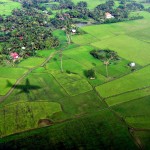Land transfers
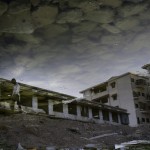
Land transfers in Cambodia assume a variety of forms involving both public and private entities. The right to transfer property to another and to be protected from forced transfer is essential to Land tenure security. Land transfer capacity is a source of value for Landowners, ...
Private land
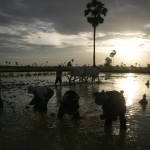
Rights to private land ownership were guaranteed in the 1993 Constitution and formally established by the 2001 land Law. Despite an established legal framework to protect private property rights, those rights are often insecure for many. ...
Communal land

Though there are multiple forms of communal property, the rights associated with indigenous communal property are subject to significant legal and socio-economic issues. Indigenous communities are culturally very different from the rest of Cambodia, and the law provides them with the opportunity to obtain collective ...
Land tenure and land titling NGOs
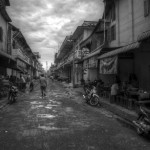
There are four major international donors to land rights development and reform in Cambodia: the World Bank, Germany, Finland and Canada. Their support spans multiple programs and several years with the overall objective of improving land tenure security and promoting stable land markets. ...
Public land lease
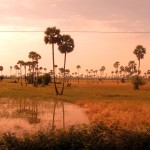
Public land leases are grants of state lands to private entities in the form of a contractual rental agreement. These leases often take the form of land concessions, in particular economic land concessions. They are often associated with land conflicts and disputes. ...
Land tenure and land titling

Land registration and titling of private property has been ongoing for more than a decade. As the Cambodian government works to formally register all private property, there is a dual system of soft possessory rights to be replaced by hard ownership rights through nationally-recognized title. ...
Development and assistance for land tenure and land titling

Beginning in 2002, the World Bank, Germany, Finland and Canada began a joint-program to promote land tenure security in Cambodia by providing financial and technical support to land titling efforts. Following the eviction of residents of the Boeung Kak Lake area of Phnom Penh due ...
Land tenure and land titling funding
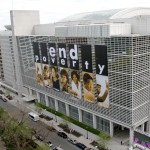
World Bank Headquarters, 2013: World Bank/IMF Spring Meetings. Photo by Simone D. McCourte, World Bank, taken on 16 April 2013. Licensed under CC BY-NC-ND 2.0.Funding data on development and assistance to land tenure and titling issues presents an incomplete and conflicting picture. Though various sources exist ...
Land classifications
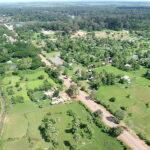
Land in Cambodia is divided into three classifications: private property, state private property and state public property. The distinction between state private property and state public property is essential to determining how state Land is to be used. ...
Expropriation
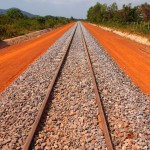
The Constitution of the Kingdom of Cambodia and the Land Law of 2001 both guarantee an individual’s right to property protection. Though part of the Government’s policy framework since 2002, not until 2010 did a legal framework exist to govern the process by which the ...
State public land

State public land has a public interest value or provides a public service. The land is inalienable, although it can be leased for limited uses that do not alter or damage its public value. State public land should only be reclassified if the land no ...
State private land
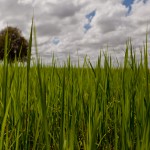
All land that is not state public property or is not privately owned is de facto state private land. State private land may be sold, exchanged, leased, granted as concessions, or otherwise alienated. ...
Social land concessions
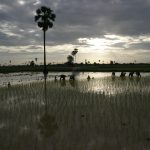
Social land concessions (SLCs) are intended to provide to the landless or land-poor land on which to establish residences and/or generate income through agriculture. The Cambodian Government that more than 30,000 households have received land as social land concessions. Despite its pro-poor intention, the SLC ...
Land policy and administration
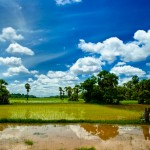
The Royal Government of Cambodia's land policy has three pillars: land administration, land management and land distribution. The objective of the country’s land policy is to facilitate the use and management of land and natural resources for socio-economic development in an equitable and sustainable manner. ...
Land sales and trades
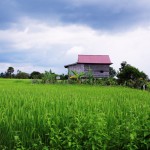
The legal framework surrounding land sales and transfers was obliterated by the 2007 Civil Code, leaving little legal guidance. Forced land sales and distress sales are a substantial cause of land tenure insecurity in Cambodia. They are a significant cause of landlessness, and it is ...
SDG 15 Life on land
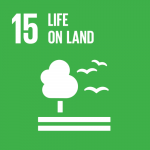
SDG 15 focuses on the sustainable use of terrestrial (land-based) biodiversity and ecosystems such as forests, grasslands, deserts and mountains and their interaction with freshwater systems. It aims to protect and restore their ecological function. The work includes applying sustainable land and forest management practices and ...
Concessions
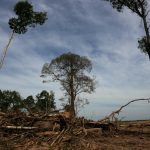
A land concession is a grant of rights over an area of land for a specific purpose. In Cambodia land concessions can be granted for various purposes, including agribusiness, redistribution of land to the landless and land-poor, infrastructure development, mining and fishing. They have been ...
Ethnic minorities and indigenous people policy and rights

Cambodia is known for its rich cultural diversity, including ethnic minorities and indigenous communities. As the country has developed, efforts have been made to recognize and protect these groups’ rights through policies and initiatives to promote inclusivity, preserve cultural heritage, and address issues such as ...
Ethnic minorities and indigenous people
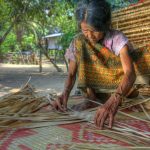
According to the Kingdom of Cambodia’s 2019 general population census, the total Cambodian population is 15,552,211 (51.31% of females).206 By 2021, the population increased to 16,589,023.207 Vietnamese, Chinese, Chams and other minorities also live in the country. Indigenous ethnic groups known as “Khmer Loeu” live ...


